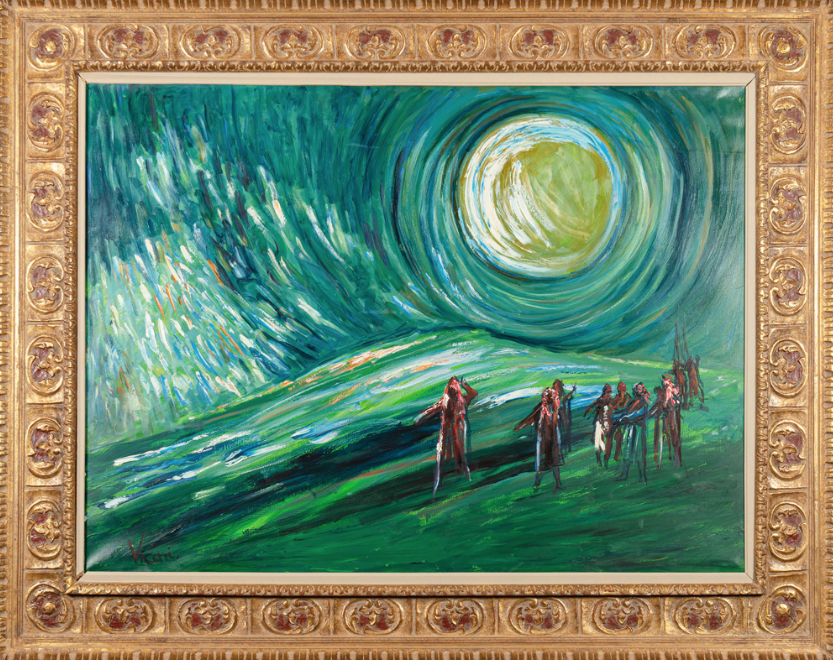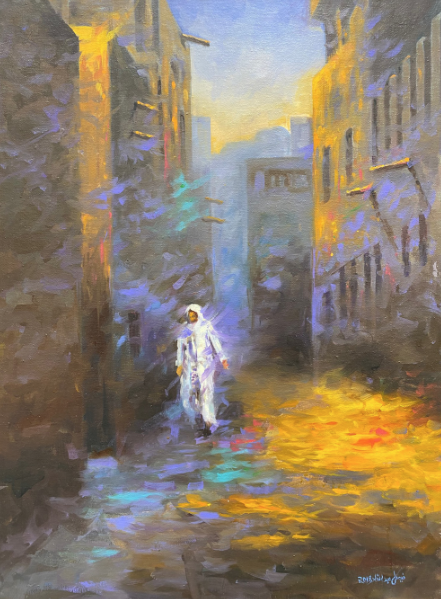Painting, one of the most ancient forms of artistic expression, has undergone a millennia-spanning evolution to become a cornerstone of human culture. From rudimentary cave art to the intricate masterpieces gracing the walls of galleries and museums, painting has stood as an enduring medium for self-expression, storytelling, and the exploration of the human experience.
Prehistoric Origins: Cave Paintings
The roots of painting can be traced back to the very dawn of human civilization. Some of the earliest known paintings were etched into cave walls, as exemplified by the renowned Lascaux and Chauvet Cave paintings in France, dating back approximately 30,000 to 40,000 years. These prehistoric artists employed natural pigments and rudimentary tools to portray animals, scenes from daily life, and possibly religious or spiritual symbols on the cave walls. These ancient works provide a glimpse into the artistic prowess and ingenuity of our distant forebears.
Ancient Civilizations: The Birth of Iconography
As human societies advanced, so did the art of painting. Ancient civilizations like the Egyptians and Mesopotamians began utilizing painting to document their history, religion, and culture. In Egypt, hieroglyphics and frescoes on tomb walls conveyed intricate narratives of the afterlife and Pharaonic accomplishments. In Mesopotamia, elaborate clay tablets and wall murals narrated tales of gods and kings.
The Renaissance: A Rebirth of Art
The Renaissance, commencing in the 14th century, marked a pivotal juncture in the history of painting. It heralded the rise of eminent masters like Leonardo da Vinci, Michelangelo, and Raphael. Artists in this era embraced realism, perspective, and scientific knowledge, yielding iconic works such as the "Mona Lisa" and the "Sistine Chapel Ceiling." The Renaissance era introduced a fresh reverence for the human form, nature, and the boundless possibilities of artistic expression.


 Les Bani Yas En Marche by Andrew Vicari
The Age of Impressionism and Beyond
Les Bani Yas En Marche by Andrew Vicari
The Age of Impressionism and Beyond
During the 19th century, painting witnessed a profound metamorphosis with the advent of Impressionism. Renowned artists such as Claude Monet and Pierre-Auguste Renoir departed from conventional, meticulously detailed styles in favor of a more impressionistic approach. Their focus shifted to capturing the ephemeral interplay of light and colour. This artistic movement not only revolutionized the world of art but also served as a precursor to a diverse array of modern and contemporary painting styles, encompassing Cubism, Surrealism, Abstract Expressionism, and Pop Art, among others.


 Grandfather by Faisal Abdulqader
Contemporary Expression: The Diversity of Painting
Grandfather by Faisal Abdulqader
Contemporary Expression: The Diversity of Painting
In the present-day, painting has evolved into a multifaceted and vibrant medium. Artists persist in their exploration of fresh techniques, materials, and subject matter. Contemporary painters frequently fuse traditional approaches with digital technology, pushing the boundaries of artistry through experimentation with novel forms and concepts.
Feature Image: Natalia Schaefer








